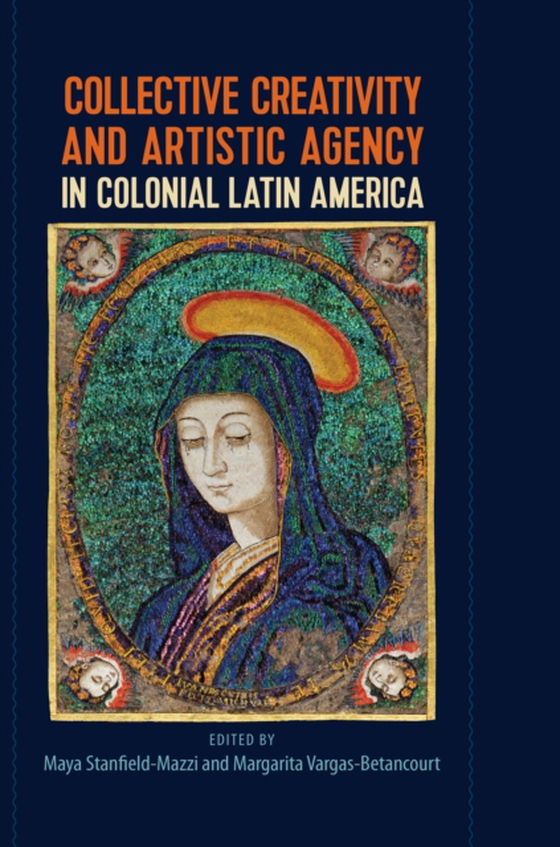
Collective Creativity and Artistic Agency in Colonial Latin America e-bog
302,96 DKK
(inkl. moms 378,70 DKK)
Rethinking the role of the artist and recoveringthe work of unacknowledged creators in colonial societyThisvolume addresses and expands the role of the artist in colonial Latin Americansociety, featuring essays by specialists in the field that consider the wayssociety conceived of artists and the ways artists defined themselves. Broadeningthe range of ways that creativity can be understood, con...
E-bog
302,96 DKK
Forlag
University of Florida Press
Udgivet
9 maj 2023
Længde
260 sider
Genrer
1KJ
Sprog
English
Format
epub
Beskyttelse
LCP
ISBN
9781683403784
Rethinking the role of the artist and recoveringthe work of unacknowledged creators in colonial societyThisvolume addresses and expands the role of the artist in colonial Latin Americansociety, featuring essays by specialists in the field that consider the wayssociety conceived of artists and the ways artists defined themselves. Broadeningthe range of ways that creativity can be understood, contributors show thatartists functioned as political figures, activists, agents in commerce,definers of a canon, and revolutionaries.Chaptersprovide studies of artists in Peru, Mexico, and Cuba between thesixteenth and early nineteenth centuries. Instead of adopting the paradigm of individualsworking alone to chart new artistic paths, contributors focus on humanrelationships, collaborations, and exchanges. The volume offers newperspectives on colonial artworks, some well known and others previouslyoverlooked, including discussions of manuscript painting, featherwork, oilpainting, sculpture, and mural painting.Mostnotably, the volume examines attitudes and policies related to race andethnicity, exploring various ethnoracial dynamics of artists within theirsocial contexts. Througha decolonial lens not often used in the art history of the era and region,Collective Creativity and Artistic Agency in ColonialLatin Americaexamines artists engagement in society and their impact within it.Contributors: Derek S. Burdette | AnandaCohen-Aponte | Emily C. Floyd | Aaron M. Hyman | Barbara E. Mundy | Linda MarieRodriguez | Jennifer R. Saracino | Maya Stanfield-Mazzi | Margarita Vargas-BetancourtPublication of this work made possibleby a Sustaining the Humanities through the American Rescue Plan grant from theNational Endowment for the Humanities.
 Dansk
Dansk

